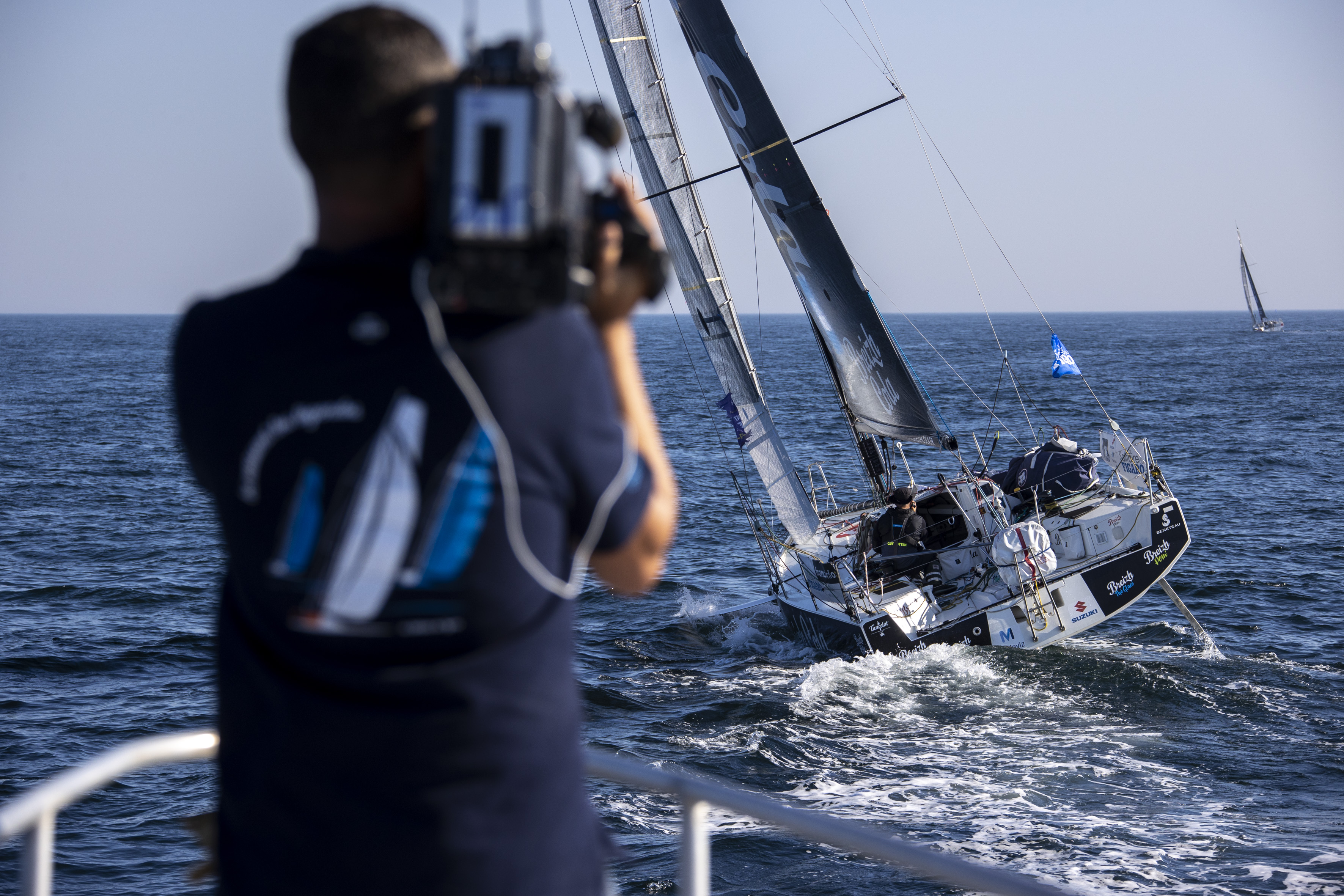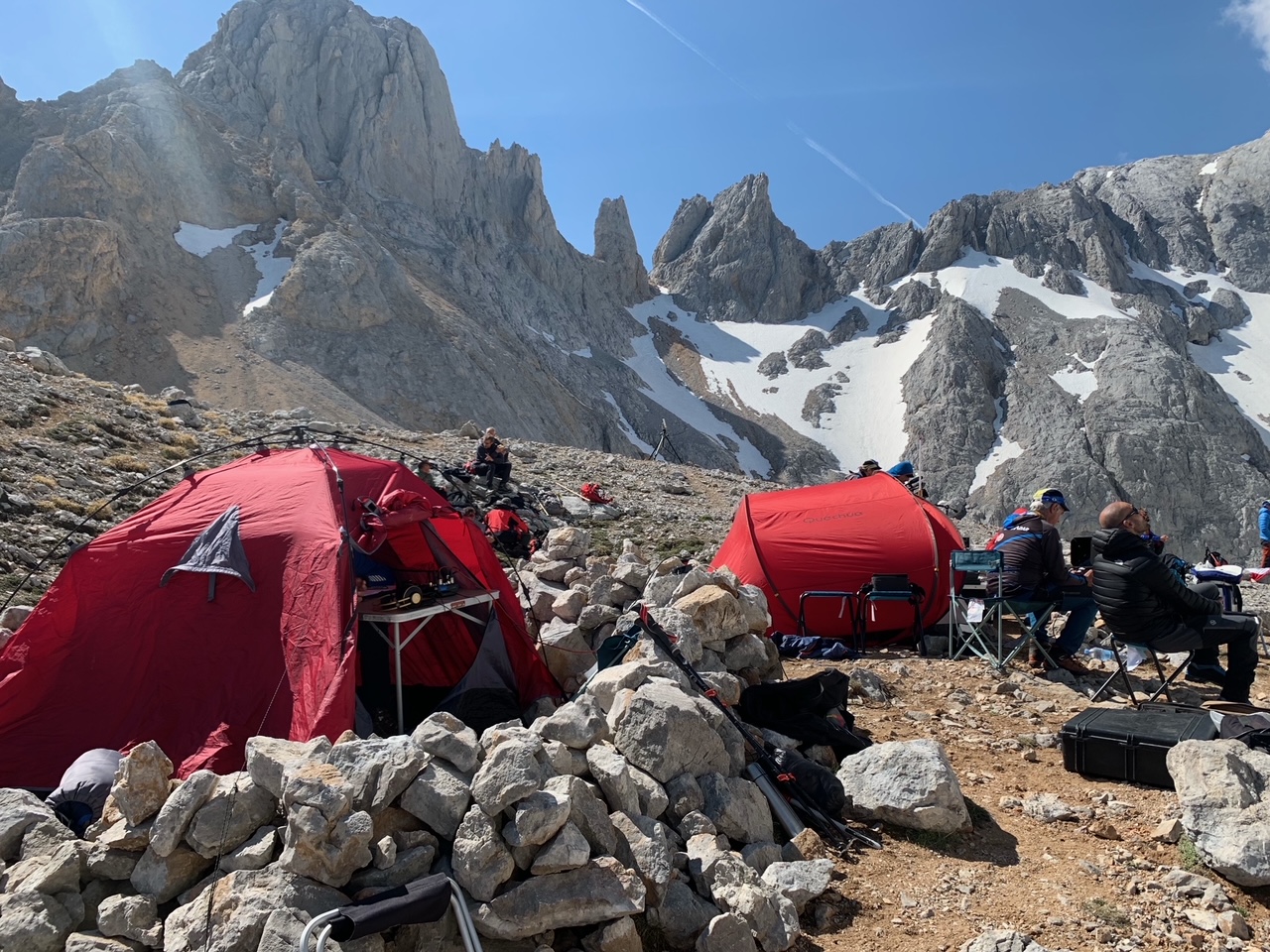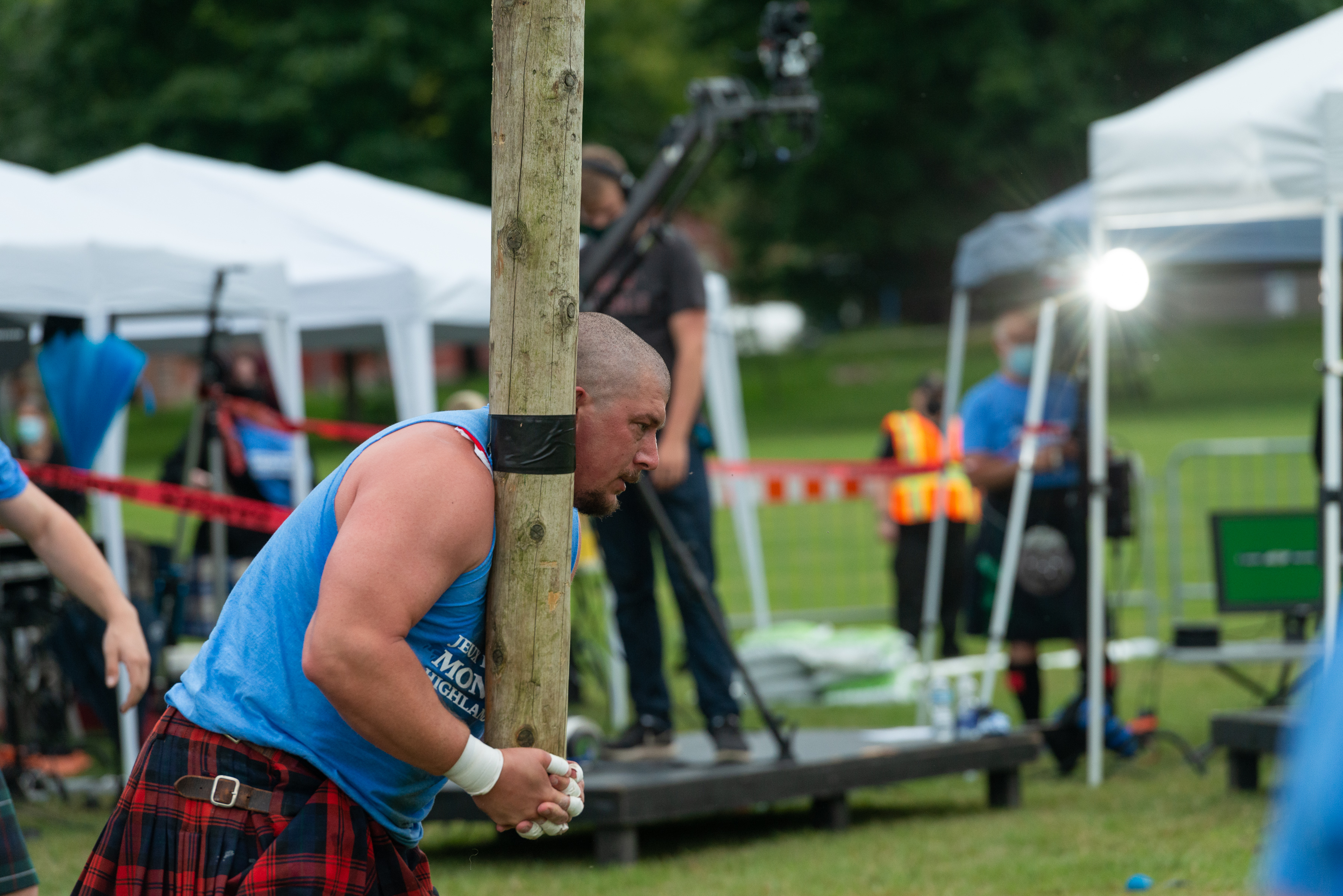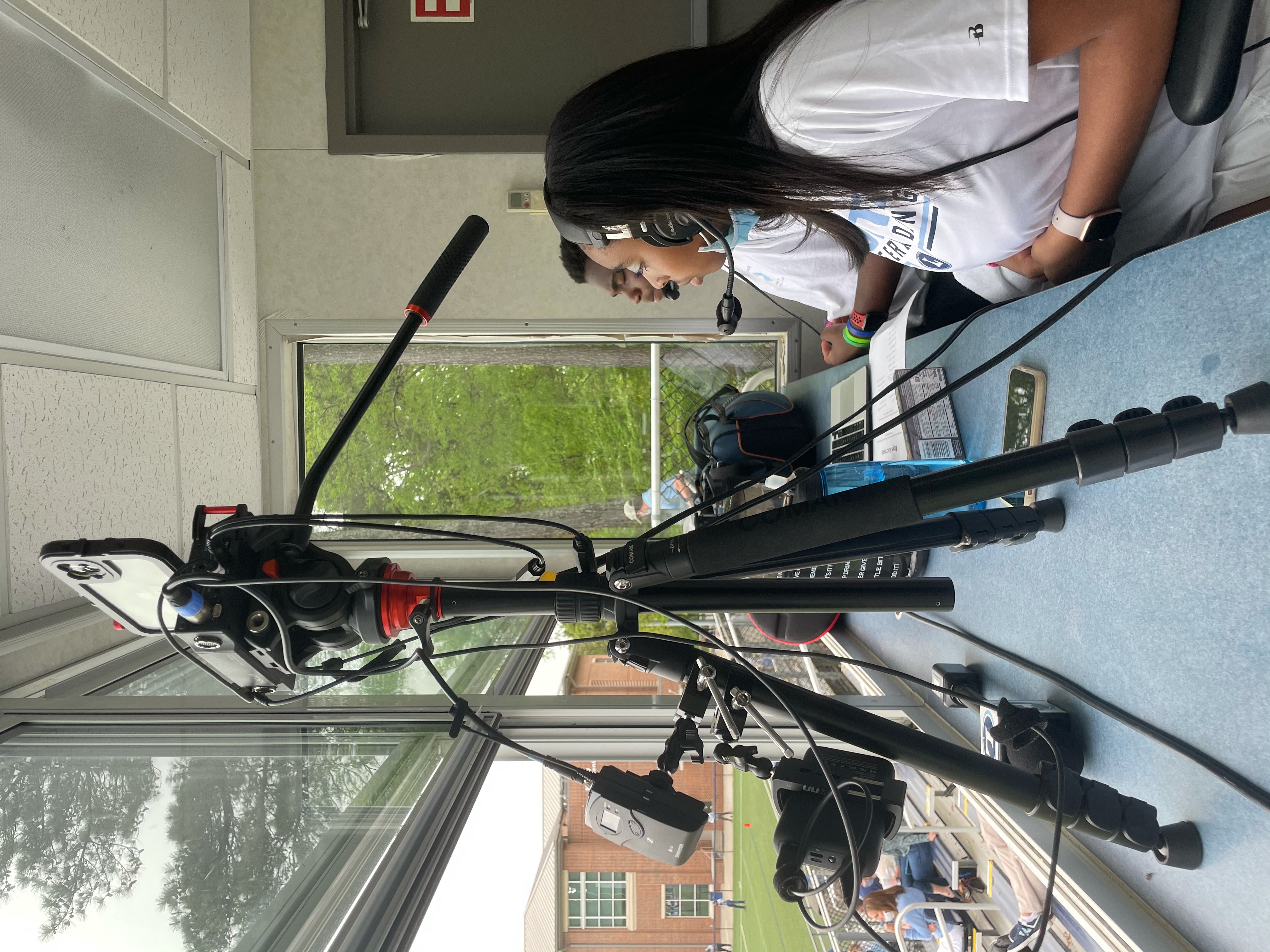Live Streaming Sports at Every Level
Bringing sports home

If the last year has taught us anything about sports, it is that online streaming is the future. The closure of sporting venues and pubs caused some 33 per cent of U.K. football fans to make the move to live internet streaming (according to OLBG), while a YouGov poll in July found that 43 per cent of people are uncomfortable about returning to live events. For disabled and at-risk supporters, access to livestreams is essential. Research by British charity Level Playing Field revealed that 86% of disabled supporters expect football clubs to provide live streaming services, if the U.K. government guidelines prevent vulnerable people from attending matches.
The past few months have shown this new world of livestreaming to be no mere pipedream but already well underway, bringing niche and lower-level or local sports to wider audiences than ever before. From sailing to mountaineering, events previously considered impractical to broadcast are now being made available live online. Even local events such as school fixtures have become fair game, thanks to the cloud-based remote production technology that has developed rapidly over the last two years.
A Sea Vhange in Broadcasting
By partnering with Dazzl for cloud-based live production, Dejero has successfully enabled sports streams from the farthest-flung corners of the planet. The new partnership tested the waters at the Solitaire du Figaro sailing race, traditionally a challenging championship to broadcast since it covers 1,830 miles of Europe’s roughest waters. French production company Sea Events called upon the two companies to provide coverage to 30,000 viewers on Facebook Live.
Using a combination of drones, iPhones and a Dejero EnGo mobile transmitter, Sea Events seamlessly covered various stages of the race between France, Ireland and Spain. Stationed on board the company’s “production” boat, the EnGo allowed them to send high-quality live video to the Dazzl cloud server with latency as low as 0.8 seconds. The transmitter is designed to withstand harsh environments and uses Dejero’s
Smart Blending Technology to create a resilient internet connection, even at sea. The technology aggregates multiple networks from different providers into a single “network of networks,” ensuring continuous connectivity with built-in redundancy.
“When using EnGo we don’t need to worry about the movement and positioning of the boat in order to gain the best view points—no matter how far away we are from the coast,” said Sea Events CEO Erwan Riquier. “We don’t even have to think about switching to different network carriers or constantly finding the most reliable network when we cross borders or worry about patchy coverage.” The cloud-based setup also eliminated the need for a traditional control room and the associated costs of wiring and installation, with production, editing and commentary handled in the Dazzl app.
Live Streaming Cross-Country
Back on land, Dejero and Dazzl facilitated uninterrupted coverage of two notoriously rocky alpine races: the Dynastar X3 Courchevel Triathlon and the Torgon Trail. The French/Swiss border previously proved a troubling production environment owing to fluctuating network coverage, snowy terrain at high altitude, and the six-hour duration of each race. French station TV8 Mont-Blanc enlisted Dejero and Dazzl’s contribution and production capabilities to ensure live video from both races was seen by more than 100,000 people across Vimeo, YouTube and TV8 Mont-Blanc’s linear TV channel. The EnGo 260 combines 6 cellular connections from multiple mobile providers so operators never have to worry about losing connectivity when crossing borders, making it easy-to-use in a remote location such as the Alps.

“The Dejero system provided the delivery of stable footage, at the level of the finish line in particular, switching seamlessly from French to Swiss networks depending on availability,” said TV8 Mont-Blanc president Pierre Boucaud. “Dejero is a real plus for broadcasters, as it guarantees that we have top quality images to ingest live. Despite the fact we were filming in France, the EnGo worked perfectly on the Swiss networks too, with three of the six SIM cards integrated. It is completely stable and guarantees live streaming everywhere without any problem. I’m deeply convinced we need this tool for everyday live streaming integrated in our working process.”
Making History
A different type of highlands were the basis of a very special livestream this summer, which saw Dejero team up with Canadian multimedia production company Scratch Takes to stream a world record attempt. The 45th annual Montreal Highland Games saw Jason Baines set a new Guinness World Record of 161 caber tosses in one hour, as seen live on the Games’ YouTube channel via Dejero’s Smart Blending Technology. In order to overcome the local network congestion, vulnerability to outages and lack of access to fibre, Scratch Takes deployed a Dejero GateWay M6E6 network aggregation device to combine multiple connections from three local cellular providers.

“A stable connection was our primary concern at the Highland Games,” said Scratch Takes producer Caylamina Roberts. “We had a preconceived idea that Dejero would be out of reach but after weighing up our alternatives, we found Dejero to tick all the boxes. Not only did the GateWay offer everything we needed in terms of connectivity, it was surprisingly affordable, and the personal customer service was impeccable—it was refreshing dealing with real people who truly understood our specific needs.” The company offers 24/7 support so customers can rely on trusted and helpful service throughout their operations.
These cases point towards a bright future where fans can watch their preferred sports live, from around the world, not just the major sports leagues and events covered by traditional broadcasters. If anyone embodies this vision it is Miguel “Mikel” Ángel Roldán, the Spanish climber who recently scaled the Naranjo de Bulnes to raise awareness for amyotrophic lateral sclerosis. Having been diagnosed with ALS three years ago, Mikel’s 500m rock climb was streamed across numerous social media platforms. Local production company JTM Broadcast employed the Dejero EnGo and Cloud Server to transmit live video to Facebook, YouTube and Instagram, as well as to a large screen located in Roldán’s hometown.
“This accomplishment by Mikel was about transcribing the suffering and difficulties presented by such an ascent for an ALS patient, in a very real way, so when the project was presented to me, I immediately reached for my Dejero equipment to address the live broadcasting requirements of the task,” said JTM Broadcast RF engineer Javier Trifol. “It took us little time to set up the equipment at base camp just one day before the event, with the help of a Guardia Civil helicopter. Blessed with clear blue skies, Mikel took on the ascent the next day. Everyone was ecstatic at the end of the program. It was an immense success.”
Live at Every Level
The same technology makes live streaming possible for sports leagues and events at every level. When The Lovett School in Atlanta was unable to host audiences for its popular sporting events due to Covid, the administration found the Dejero LivePlus mobile app ideal for transmitting live, low-latency video over smartphones. Instead of having to move switchers, cameras and power cables from the swimming pool to the football field, a single Dejero WayPoint 104 receiver and four LivePlus apps maintained the signal across the 100-acre campus and the games were streamed directly to the school’s online "Lovett Network" athletics channel.

“Although social distancing was a driving concern at the time, we immediately realized that the Dejero gear could be set up in a fraction of the time versus our traditional set up—and since then we’ve realized that Dejero’s LivePlus app has opened up a whole new world of opportunities to our students—and the school as a whole,” said Lovett Network coordinating producer Jim Claussen. “I can see this technology paving the way for not only live high school sports, but for live lower-tier sports, to produce affordable, high-quality live streaming to online audiences.”
No matter the specialization of the event, level of the league or harshness of the location, streaming removes the obstacles to enjoying live sports, enabling broadcasters, clubs or even students to scale the heights that once looked insurmountable.
This article originally appeared in the November-December 2021 issue of TVBEurope.
Get the TV Tech Newsletter
The professional video industry's #1 source for news, trends and product and tech information. Sign up below.

